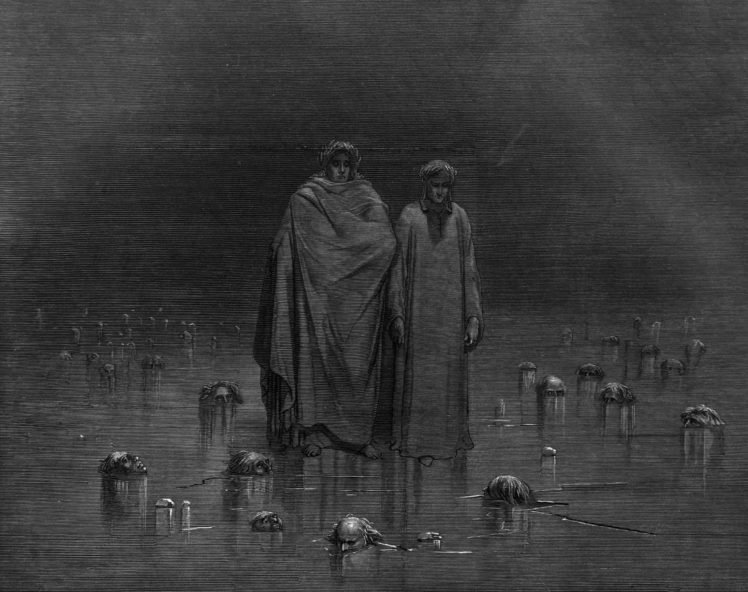
i-iv (Contents for Inferno), v-vi (List of Illustrations 1-75 for Inferno), vii-xvi (Life of Dante). Purgatory begins in Part 12 and with Paradise is paginated continuously 1-337 through to the end of Part 34. Inferno is in Parts 1-12, paginated continuously pp.1-183. Issued fortnightly in 36 parts between May 1903 and September 1904. The adjective Divina was added by Giovanni Boccaccio, in reference to the work's subject matter and lofty style, and the first edition to name the poem Divina Comedia was that of Venetian humanist Lodovico Dolce, published in 1555 by Gabriele Giolito de' Ferrari. The work was originally simply titled Comedà a (so also in the first printed edition, published in 1472), Tuscan for "Comedy", and was later adjusted to the modern Italian Commedia. Widely considered the most important work of Italian literature and one of the greatest works of world literature, Dante's Divine Comedy takes as its literal subject the state of the soul after death and presents an image of divine justice meted out as due punishment or reward. An exceptional presentation linking two great artists of the 19th century. French translation by Pier-Angelo Fiorentino, accompanied by the text in Italian.



Folio, bound in full morocco by Antoine Chatelin with elaborate Grolieresque gilt-decorated morocco onlays to the spine and panels, gilt turn-ins and inner dentelles, full gilt-decorated morocco doublures, watered silk endleaves stamped in gilt, marbled endpapers, illustrated with 75 full-page engravings by Gustave Dore including his striking frontispiece portrait of Dante. First Hachette edition with French text of Dore's magnificently illustrated edition of Dante's Inferno.


 0 kommentar(er)
0 kommentar(er)
